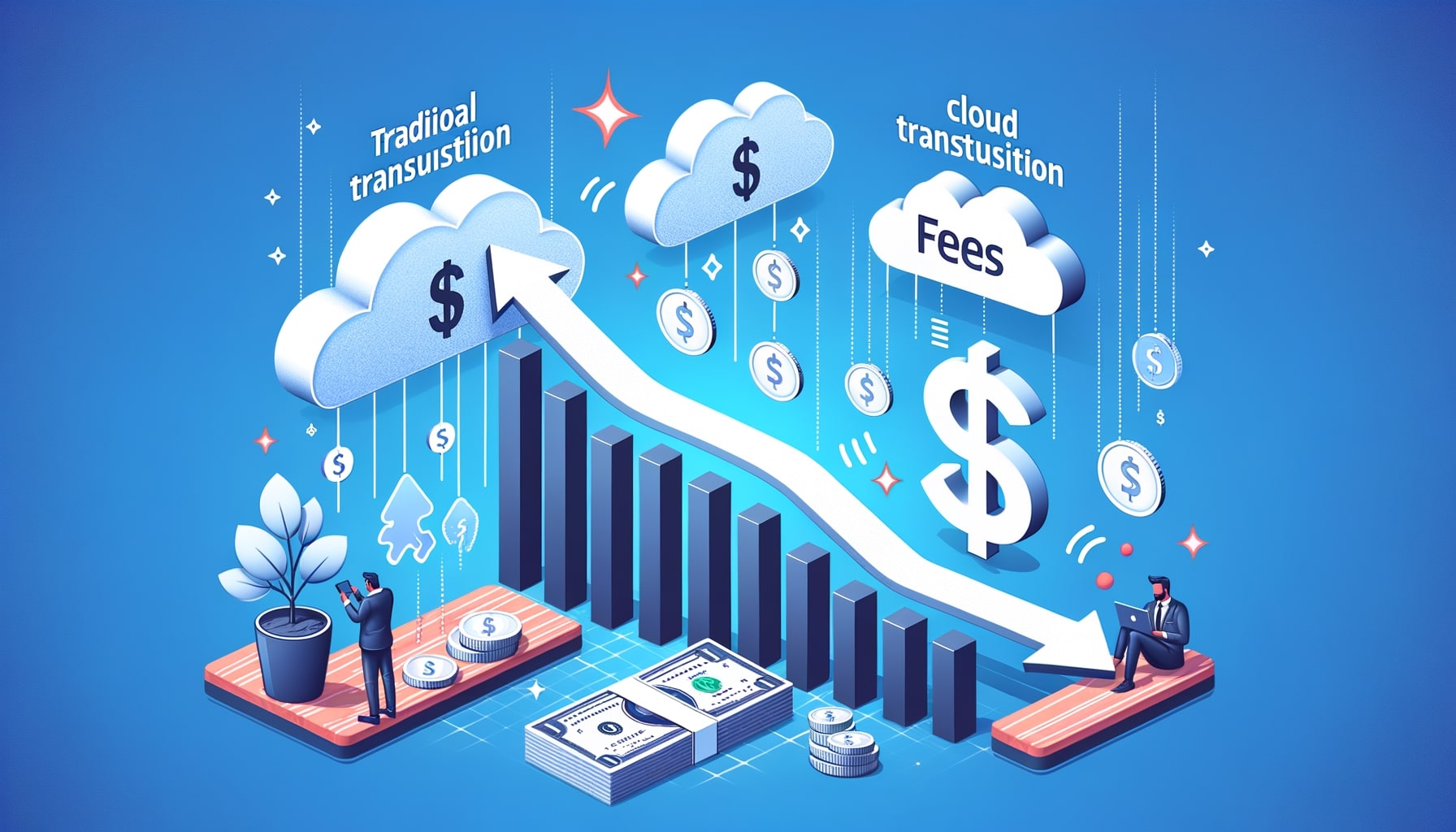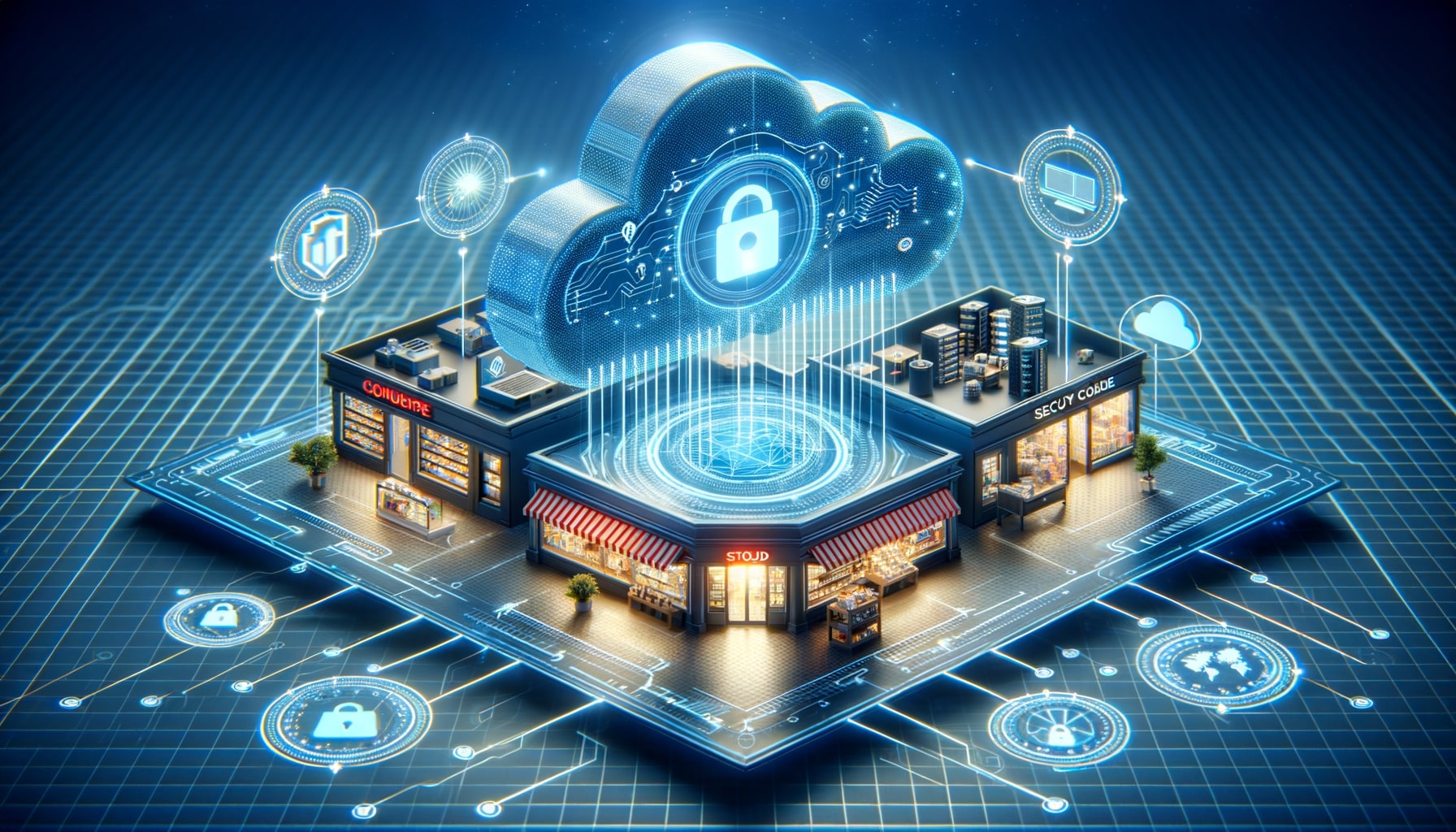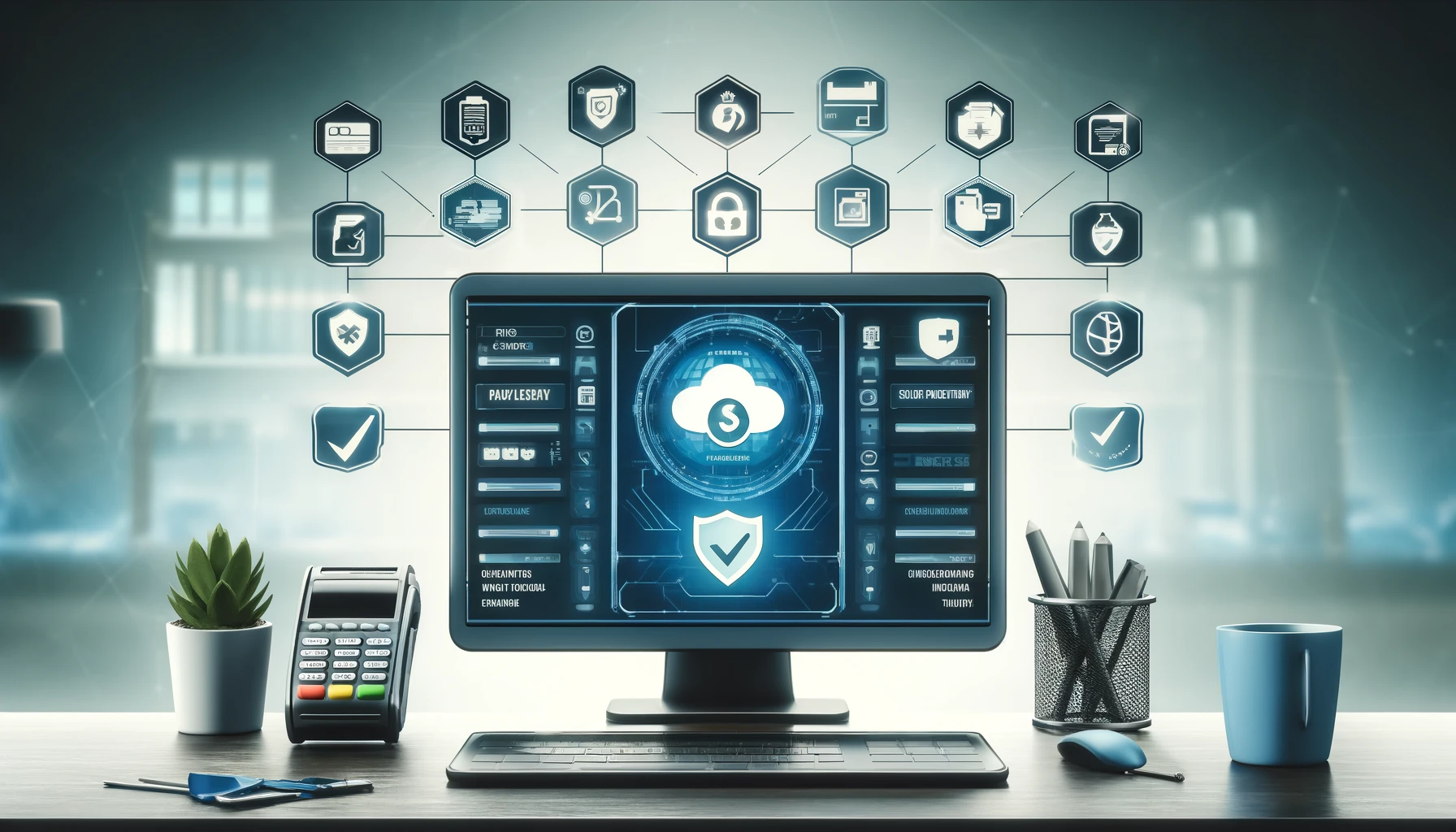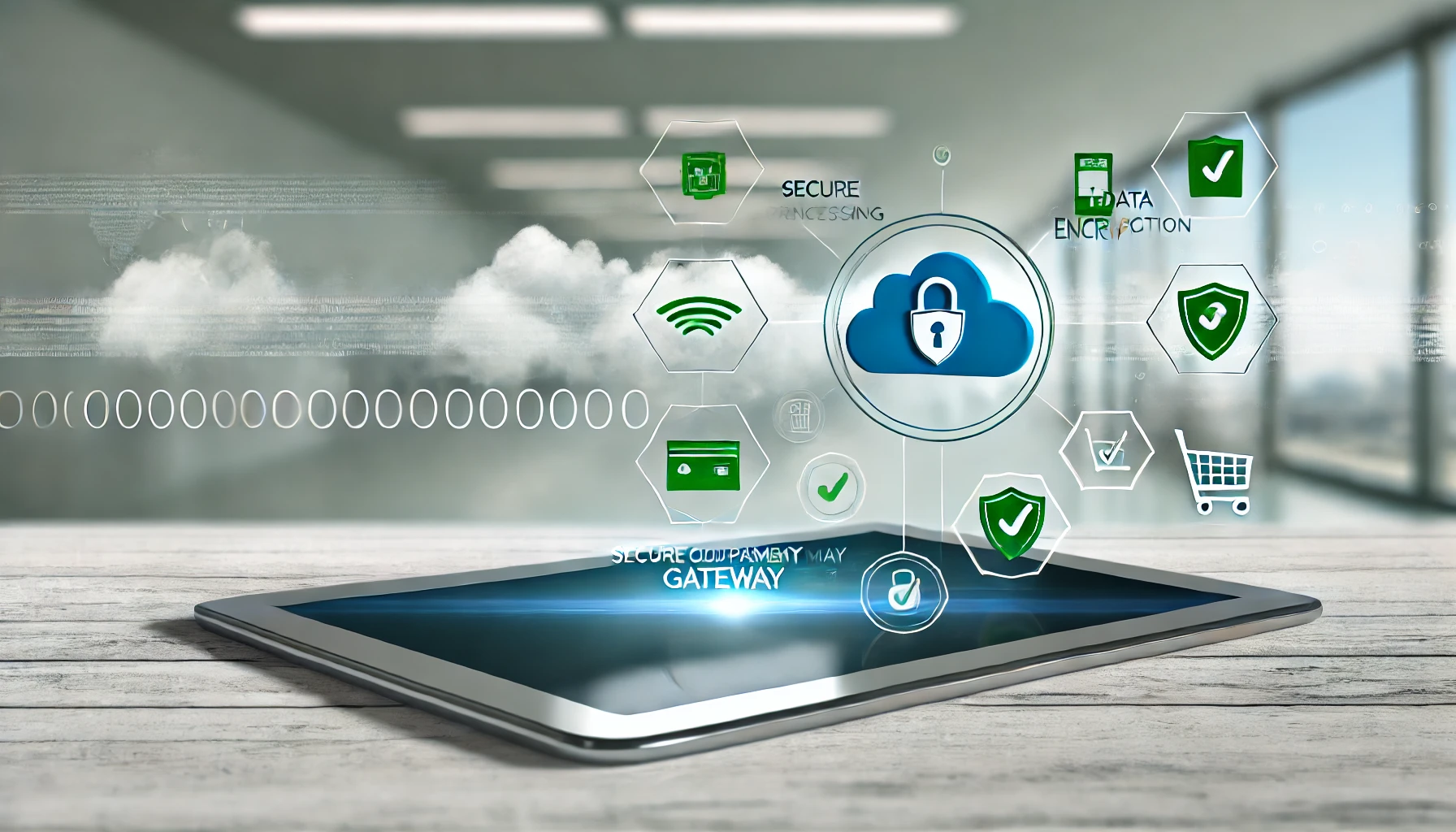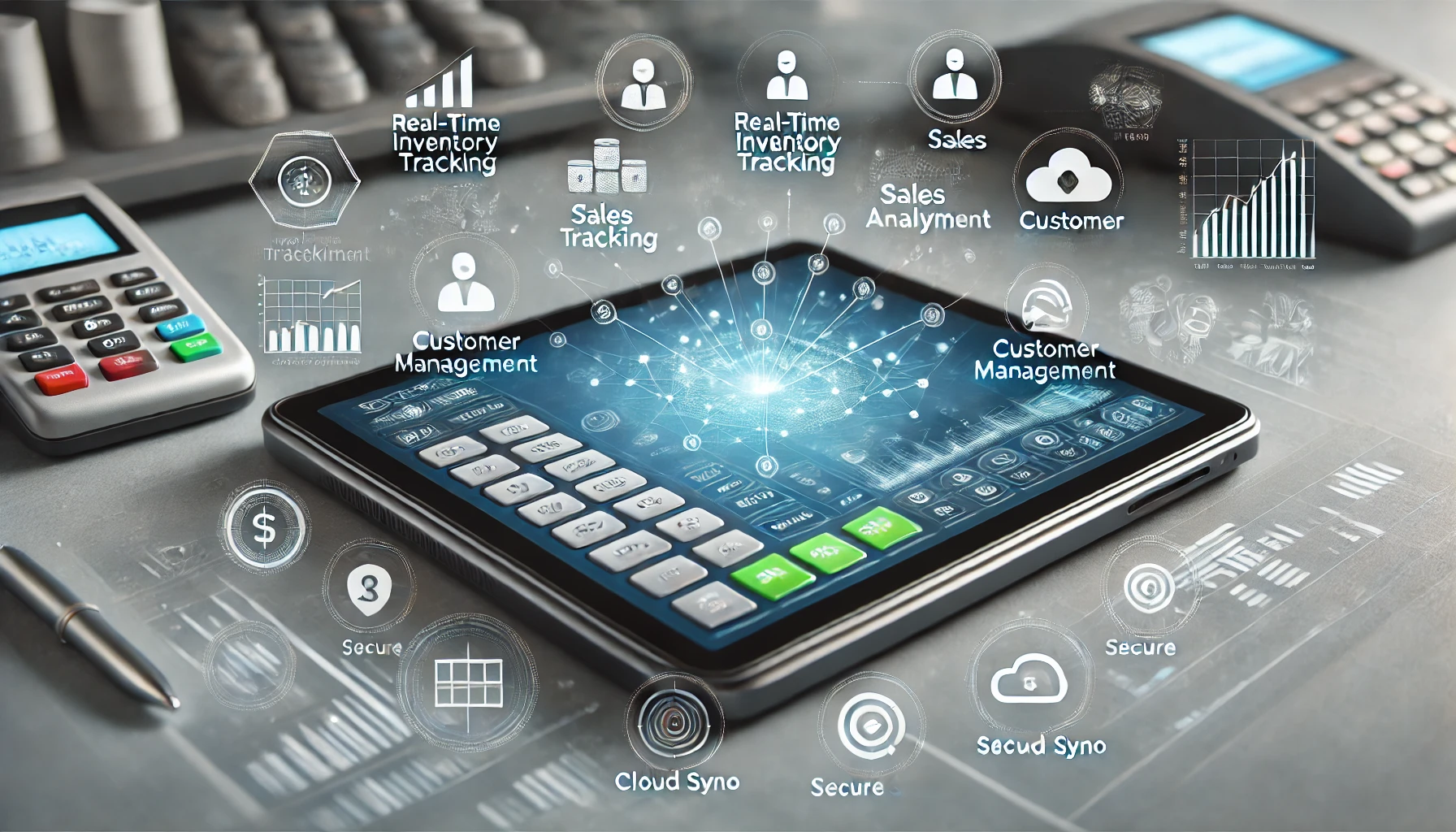How Cloud Payments Support Omnichannel Retail Strategies
In today’s digital age, the retail landscape has undergone a significant transformation. Consumers now expect a seamless shopping experience across multiple channels, whether it be in-store, online, or through mobile devices. To meet these evolving customer demands, retailers are adopting omnichannel retail strategies that integrate various touchpoints to create a unified shopping experience. One crucial component of these strategies is cloud payments, which enable retailers to streamline their payment processes and provide a consistent experience across all channels.
What are Cloud Payments and How Do They Work?
Cloud payments refer to the use of cloud-based technology to process and manage payments in a retail environment. Instead of relying on traditional payment methods, such as cash or physical credit cards, cloud payments leverage the power of the internet and cloud computing to securely process transactions. This technology allows retailers to accept payments from various sources, including credit cards, mobile wallets, and online payment platforms.
The process of cloud payments begins when a customer initiates a transaction. The payment information is securely transmitted to the retailer’s cloud-based payment system, where it is processed and authorized. Once the payment is approved, the necessary funds are transferred from the customer’s account to the retailer’s account. This entire process happens in real-time, ensuring a seamless and efficient payment experience for both the customer and the retailer.
The Benefits of Cloud Payments for Omnichannel Retailers
Integrating cloud payments into an omnichannel retail strategy offers numerous benefits for retailers. Let’s explore some of the key advantages:
- Streamlined Payment Processes: Cloud payments eliminate the need for manual data entry and reconciliation, reducing the risk of errors and saving time for both customers and employees. With cloud-based payment systems, retailers can automate payment processes, enabling faster and more accurate transactions.
- Increased Payment Options: Cloud payments enable retailers to accept a wide range of payment methods, including credit cards, mobile wallets, and online payment platforms. By offering multiple payment options, retailers can cater to the preferences of their diverse customer base, enhancing customer satisfaction and driving sales.
- Seamless Integration: Cloud payment systems can be easily integrated with existing point-of-sale (POS) systems, e-commerce platforms, and other retail applications. This seamless integration allows retailers to consolidate their payment processes across different channels, providing a unified experience for customers and simplifying backend operations.
- Real-Time Data Insights: Cloud payment systems provide retailers with real-time data and analytics, allowing them to gain valuable insights into customer behavior, sales trends, and inventory management. This data-driven approach enables retailers to make informed decisions, optimize their operations, and personalize the shopping experience for customers.
- Scalability and Flexibility: Cloud payment systems are highly scalable, allowing retailers to easily adapt to changing business needs and handle increased transaction volumes during peak periods. Additionally, cloud-based solutions offer flexibility, enabling retailers to add new features and functionalities as their business grows.
Integrating Cloud Payments into Brick-and-Mortar Stores
While e-commerce has experienced significant growth in recent years, brick-and-mortar stores still play a vital role in the retail industry. To remain competitive, retailers need to integrate cloud payments into their physical stores to provide a seamless omnichannel experience. Here’s how cloud payments can be leveraged in brick-and-mortar stores:
- Mobile Point-of-Sale (mPOS) Systems: Cloud-based mPOS systems enable retailers to accept payments anywhere in the store using mobile devices such as tablets or smartphones. This flexibility allows sales associates to assist customers on the shop floor, reducing wait times and enhancing the overall shopping experience.
- Contactless Payments: Cloud payments support contactless payment methods, such as Near Field Communication (NFC) and QR codes. By enabling customers to make payments with a simple tap or scan, retailers can offer a faster and more convenient checkout process, reducing friction and improving customer satisfaction.
- Loyalty Programs and Personalization: Cloud payment systems can be integrated with loyalty programs, enabling retailers to offer personalized discounts, rewards, and promotions to customers. By leveraging customer data collected through cloud payments, retailers can tailor their offerings to individual preferences, fostering customer loyalty and driving repeat business.
- Inventory Management: Cloud payment systems provide real-time inventory visibility, allowing retailers to track stock levels across multiple locations. This visibility enables retailers to optimize inventory management, ensuring that popular items are always in stock and reducing the risk of overstocking or stockouts.
Leveraging Cloud Payments for E-commerce Platforms
In addition to brick-and-mortar stores, cloud payments are also crucial for e-commerce platforms. Online retailers can leverage cloud payment systems to enhance the customer experience and drive sales. Here’s how cloud payments can be utilized in e-commerce:
- Seamless Checkout Experience: Cloud payment systems enable retailers to offer a seamless checkout experience on their e-commerce websites. By integrating with popular payment gateways and online payment platforms, retailers can provide customers with a variety of payment options and a smooth, hassle-free checkout process.
- One-Click Purchasing: Cloud payments support one-click purchasing, allowing customers to save their payment information securely and make future purchases with just a single click. This convenience reduces friction in the buying process, increasing conversion rates and encouraging repeat purchases.
- Mobile Commerce: With the rise of mobile devices, mobile commerce (m-commerce) has become a significant part of the retail industry. Cloud payment systems enable retailers to optimize their e-commerce platforms for mobile devices, providing a seamless shopping experience on smartphones and tablets.
- Fraud Prevention: Cloud payment systems incorporate advanced security measures to protect against fraud and unauthorized transactions. Retailers can leverage features such as tokenization and encryption to ensure the security of customer payment data, building trust and confidence among online shoppers.
Enhancing Customer Experience with Cloud Payments
One of the primary goals of omnichannel retail strategies is to provide a superior customer experience. Cloud payments play a crucial role in achieving this goal by offering convenience, personalization, and flexibility. Here’s how cloud payments enhance the customer experience:
- Convenience and Speed: Cloud payments enable customers to make purchases quickly and conveniently, whether they are shopping in-store or online. By eliminating the need for physical payment methods and reducing checkout times, cloud payments enhance the overall shopping experience, making it more efficient and enjoyable for customers.
- Personalization: Cloud payment systems collect valuable customer data, such as purchase history and preferences. Retailers can leverage this data to personalize the shopping experience, offering tailored recommendations, discounts, and promotions. By understanding individual customer needs, retailers can create a more personalized and engaging shopping journey.
- Omnichannel Consistency: Cloud payments ensure a consistent experience across all channels, allowing customers to seamlessly transition between in-store and online shopping. For example, customers can start browsing products on a retailer’s website and complete the purchase in-store, or vice versa. This flexibility and consistency build trust and loyalty among customers.
- Order Fulfillment Options: Cloud payment systems enable retailers to offer various order fulfillment options, such as buy online, pick up in-store (BOPIS) or ship from store. These options provide customers with flexibility and convenience, allowing them to choose the most convenient method for receiving their purchases.
Ensuring Security and Compliance in Cloud Payment Systems
Security and compliance are critical considerations when implementing cloud payment systems. Retailers must ensure that customer payment data is protected and that they comply with industry regulations. Here are some key measures to ensure security and compliance in cloud payment systems:
- Encryption: Cloud payment systems use encryption technology to protect sensitive payment data during transmission. This ensures that customer information is securely transmitted and cannot be intercepted by unauthorized parties.
- Tokenization: Tokenization is a process where sensitive payment data is replaced with a unique identifier or token. This token is used for transaction processing, while the actual payment data is securely stored in a separate, encrypted database. Tokenization reduces the risk of data breaches, as the token has no value to potential attackers.
- Payment Card Industry Data Security Standard (PCI DSS) Compliance: Retailers must comply with the PCI DSS, a set of security standards established by major credit card companies. Cloud payment systems should be PCI DSS compliant, ensuring that customer payment data is handled securely and in accordance with industry regulations.
- Regular Security Audits: Retailers should conduct regular security audits of their cloud payment systems to identify and address any vulnerabilities. These audits can be performed by internal teams or third-party security experts to ensure that the system remains secure and up to date.
Overcoming Challenges in Implementing Cloud Payments
While cloud payments offer numerous benefits, implementing this technology can present challenges for retailers. Here are some common challenges and strategies to overcome them:
- Integration Complexity: Integrating cloud payment systems with existing retail infrastructure can be complex, especially for retailers with legacy systems. To overcome this challenge, retailers should work closely with their payment service providers and technology partners to ensure a smooth integration process.
- Staff Training: Implementing cloud payment systems requires training employees on new processes and technologies. Retailers should invest in comprehensive training programs to ensure that staff members are proficient in using the new payment systems and can provide assistance to customers when needed.
- Data Security Concerns: Retailers may have concerns about the security of cloud payment systems and the potential for data breaches. To address these concerns, retailers should carefully select reputable payment service providers that have robust security measures in place. Regular security audits and compliance with industry standards are also essential to mitigate security risks.
- Customer Adoption: Some customers may be hesitant to adopt new payment methods or may have concerns about the security of their payment data. Retailers can address these concerns by clearly communicating the security measures in place and offering incentives, such as discounts or rewards, for using cloud payment methods.
Frequently Asked Questions about Cloud Payments in Omnichannel Retail
Q.1: What is the difference between cloud payments and traditional payment methods?
Cloud payments leverage cloud-based technology to process and manage payments, while traditional payment methods rely on physical payment instruments such as cash or credit cards. Cloud payments offer benefits such as streamlined processes, increased payment options, and real-time data insights.
Q.2: Are cloud payments secure?
Yes, cloud payment systems incorporate advanced security measures, such as encryption and tokenization, to protect customer payment data. Retailers should ensure that their cloud payment systems comply with industry regulations, such as the PCI DSS, to ensure the security of customer information.
Q.3: Can cloud payments be integrated with existing retail systems?
Yes, cloud payment systems can be easily integrated with existing point-of-sale (POS) systems, e-commerce platforms, and other retail applications. This integration allows retailers to consolidate their payment processes across different channels, providing a unified experience for customers and simplifying backend operations.
Q.4: What payment options can be accepted through cloud payments?
Cloud payment systems support a wide range of payment options, including credit cards, mobile wallets, and online payment platforms. By offering multiple payment options, retailers can cater to the preferences of their diverse customer base, enhancing customer satisfaction and driving sales.
Q.5: How can cloud payments enhance the customer experience?
Cloud payments offer convenience, personalization, and flexibility, enhancing the overall customer experience. By providing a seamless checkout process, personalized recommendations, and various order fulfillment options, retailers can create a more engaging and satisfying shopping journey for customers.
Conclusion
In conclusion, cloud payments play a crucial role in supporting omnichannel retail strategies. By leveraging cloud-based technology, retailers can streamline their payment processes, offer a wide range of payment options, and provide a consistent experience across all channels. Cloud payments enhance the customer experience by offering convenience, personalization, and flexibility. Furthermore, these systems ensure the security and compliance of customer payment data, mitigating the risk of data breaches.
While implementing cloud payment systems may present challenges, retailers can overcome them through careful planning, staff training, and collaboration with technology partners. Embracing the power of cloud payments enables retailers to meet the evolving demands of today’s customers and stay ahead in the competitive retail landscape.
